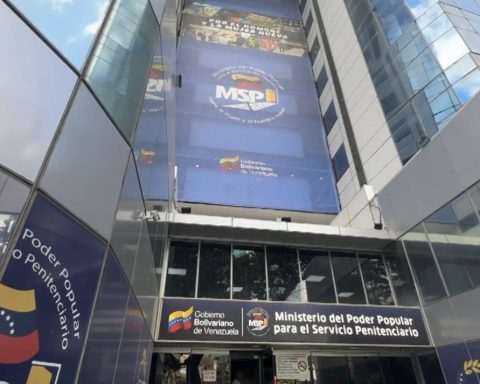despite how much the planted area as well as potato production in Uruguay show downward indicators (See later), the plaza will be constantly well stocked all year roundhighlighted The Observer Nicolás Chiesa, national director of the Farm of the Ministry of Livestock, Agriculture and Fisheries (MGAP).
The comment was expressed after knowing the results of the Potato survey published by the Directorate of Agricultural Statistics (DIEA) of the ministry.
Chiesa recalled that, as has happened in various items of the horticultural basket, when a clear lack of supply is visualized based on the monitoring carried out by the MGAP and the Metropolitan Agri-Food Unit (UAM), which sets the stage for a rise in prices at consumer, the MGAP has at hand the tool to authorize imports that cover the demand.
This happened, for example, a few weeks ago, when MGAP made it easier for a group of carrot producers to import this productwhen in the drought the quantity and quality of production in Uruguay was notably reduced.
It is a measure with a double purpose: that people do not lack highly relevant food and that they can purchase them at lower prices than they would be if imports were not activated.
It can happen, if necessary and it is something that Chiesa pointed out, that the reason for the low local supply of a product is also expressed in the region and cannot be imported from Argentina or Brazil, for example a regional drought.
This recently happened with tomatoes, which in some places were close to $200 per kilo, because local production was greatly reduced and there were no reasonably priced merchandise to import from neighboring countries.

Camilo dos Santos
Potato production in Uruguay.
Regarding the potato, in recent years local production was highthe market was very well supplied and the scenario was low prices for the consumer, which at the same time means a difficulty for the farmer, who on more than one occasion even made a payment for his merchandise that did not cover the costs.
Imports, in the case of this year, could be a resource that is used once the autumn potato stock has dropped to very low levels without the new potatoes, from the spring harvest, having begun to reach the market. summer.
Chiesa also considered in his analysis that We are at a time of the year in which the adverse effects of the drought have begun to subside and production is increasing, with drops in the values.
That is why during these first days of June you can buy, for example, lettuce for $20 or four bundles of chard or spinach for $100.
Incidence on inflation
The data recently published by the National Institute of Statistics (INE) show that the Consumer Price Index (CPI) registered a negative monthly variation of 0.01% in May. During the fifth month of 2023, the drop in fruit and vegetable prices stood out, after the strong push in the first months of the year as a result of the drought.
the survey
Spring-summer production cycle 2022/2023
- Planted area: 870 hectares (33% less than the 1,292 hectares of the same harvest of 2021/22)
- Production: 16,764 tons (44% less than the 29.7 thousand tons of the same harvest of 2021/22)
- Yield: 19.3 tons per hectare
Productive cycle autumn 2023
- Planted area: 2,180 hectares (14% less than the 2,538 hectares of the same 2022 harvest)
- Origin of the seed: 80% own, 3% national seed purchased and 17% imported
Source: Office of Agricultural Statistics (DIEA) of the MGAP

Leonardo Carreno
One of the most demanded horticultural products.
















